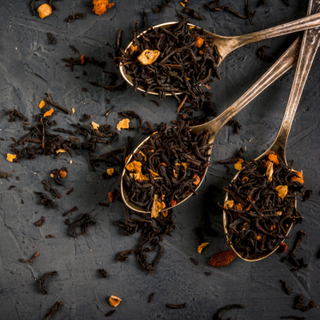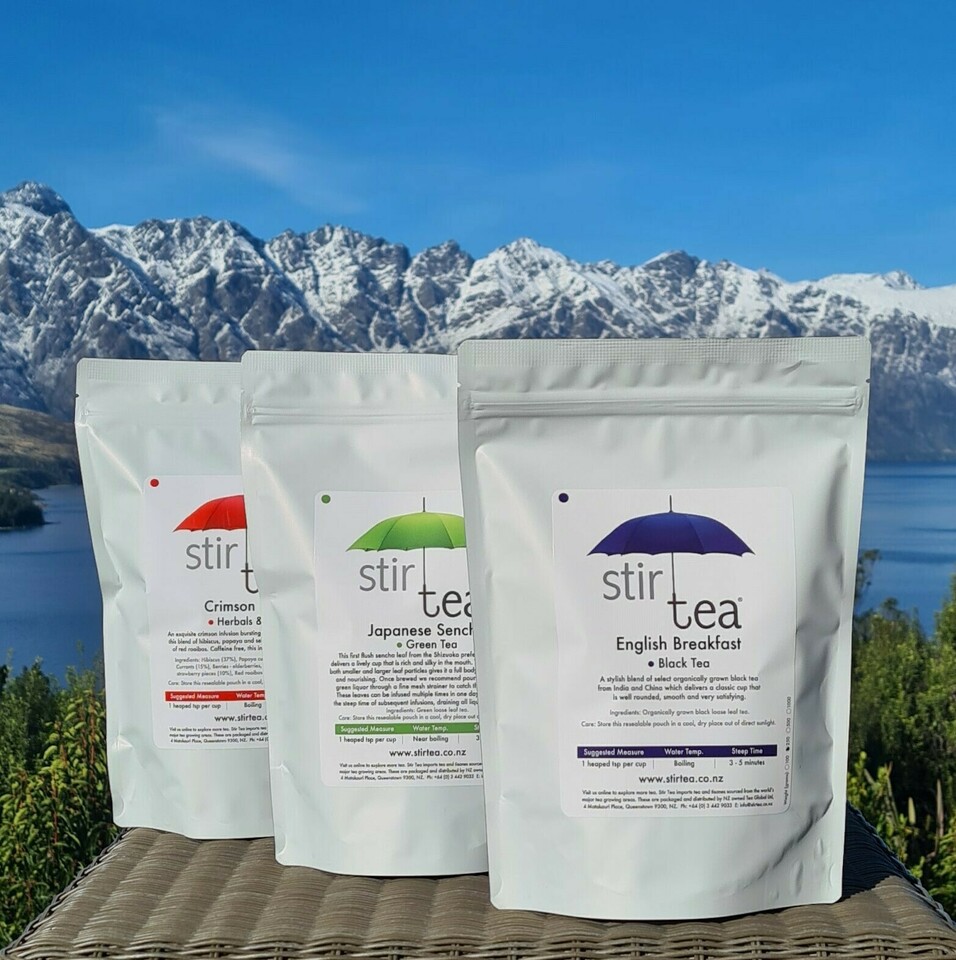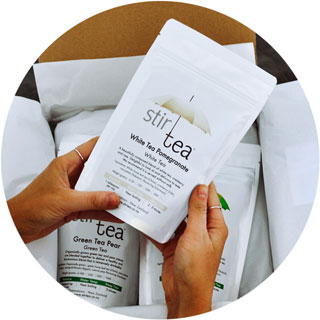Earl Grey tea with its citrus overtones is a favourite of many Stir customers. This aromatic blend contains essence extracted from the skin of bergamot oranges which are grown around the coastal areas of Italy.
Our selection of Earl Grey teas include black tea leaf with either bergamot flavouring, as in our Earl Grey Blue Flower, or bergamot oil, as in our Earl Grey Supreme, Rose Earl Grey, Elegant Grey and caffeine free Earl Grey Rooibos.
Origins of Earl Grey Tea
The true origin of Earl Grey tea is slightly murky. Its name was most likely derived from Charles Grey, the 2nd Earl of Grey and England's prime minister from 1830 to 1834. There are three 'theories' as to why the tea was created:
Grey was given the tea as a gift from a Chinese man he saved from drowning
Grey was gifted the tea as a diplomatic gift
The tea was made to fit the water profile from Grey's house well, which had a lot of mineral content inside it. Bergamot was a flavour which worked well with the water taste
From here, it was introduced to the English market and has since become one of the world's most popular flavoured teas.
What Determines the Earl Grey Blend?
When bergamot essence, oil or flavouring is added to leaf, the resulting blend is given the name Earl Grey. The bergamot orange, from which the bergamot essence is extracted, grows around the Southern coastal areas of Italy, around Calabria and Bergamo. A small citrus tree which flowers during the winter months, bergamot orange is likely to be a hybrid of the Citrus limetta (lemon) and Citrus aurantium (bitter orange) citrus varieties.
Bergamot essential oil is extracted from the skin of the bergamot orange, Citrus bergamia. Traditionally this was done manually by slowly folding the peel by hand but nowadays the oil is extracted mechanically by scraping the outside of the fruit.
Typically Earl Grey is associated with a black tea blend but the aromatic bergamot can just as easily be added to green tea leaf or caffeine free tisanes as in the case of our Earl Grey Rooibos.
If the Fragrance of Bergamot seems familar here is why:
As a soothing and citrus-like scent, with a spicy taste, bergamot has a wide variety of uses besides being included in tea. In the past, bergamot oil was used as an antiseptic in Italian folk medicine and bergamot juice was consumed by indigenous Italians to treat malaria and intestinal worms. In Ayurvedic medicine, this oil is used to treat acne, sore throats, skin rashes and urinary infections. Today it remains a common ingredient in many products, including:
skincare - bergamot essential oil is said to have antibacterial properties, making it helpful for acne-prone or inflamed skin
shampoo - many shampoos contain bergamot essence, which is said to soften and tame curls, plus soothe an irritated scalp and reduce hair loss
aromatherapy - when used in a carrier oil or in a diffuser, bergamot essential oil can help reduce stress and fatigue
citrus flavouring - often found in gelatins and puddings
beauty products - bergamot oil is used in soaps, lotions, creams and perfumes
deodorant - bergamot oil can remove the bacteria that causes body odour
bath and soap products - bergamot oil is added inside bath products to protect the skin against infections and relieve cracked skin
If you haven't tried it already, we recommend sampling one of our five varieties of Earl Grey tea: Rose Earl Grey, Elegant Grey, Earl Grey Supreme and Earl Grey Blue Flower, or the caffeine free Earl Grey Rooibos. Unsure which one to buy then consider our introductory Earl Grey and Friends Variety Pack as a way to explore the range. This pack includes smaller sampling packs of each of the Stir Earl Grey styles along with their friend English Breakfast or alternatively choose a selection of our 12 gm discovery bags.
References:
https://www.newdirectionsaromatics.com/blog/products/all-about-bergamot-oil.html
https://www.healthline.com/health/bergamot-oil#benefits
Posted: Wednesday 1 April 2020







